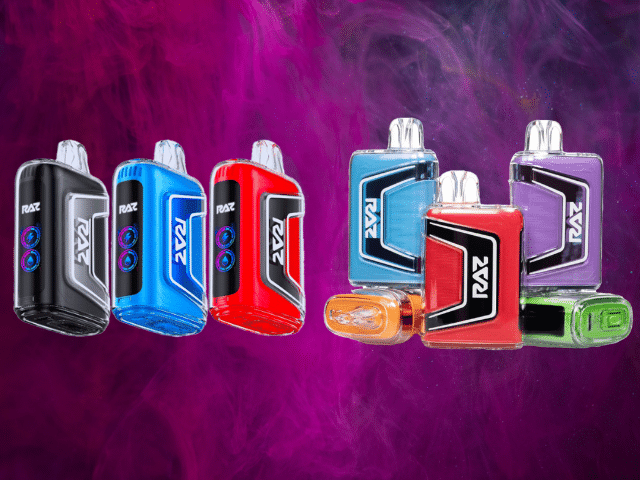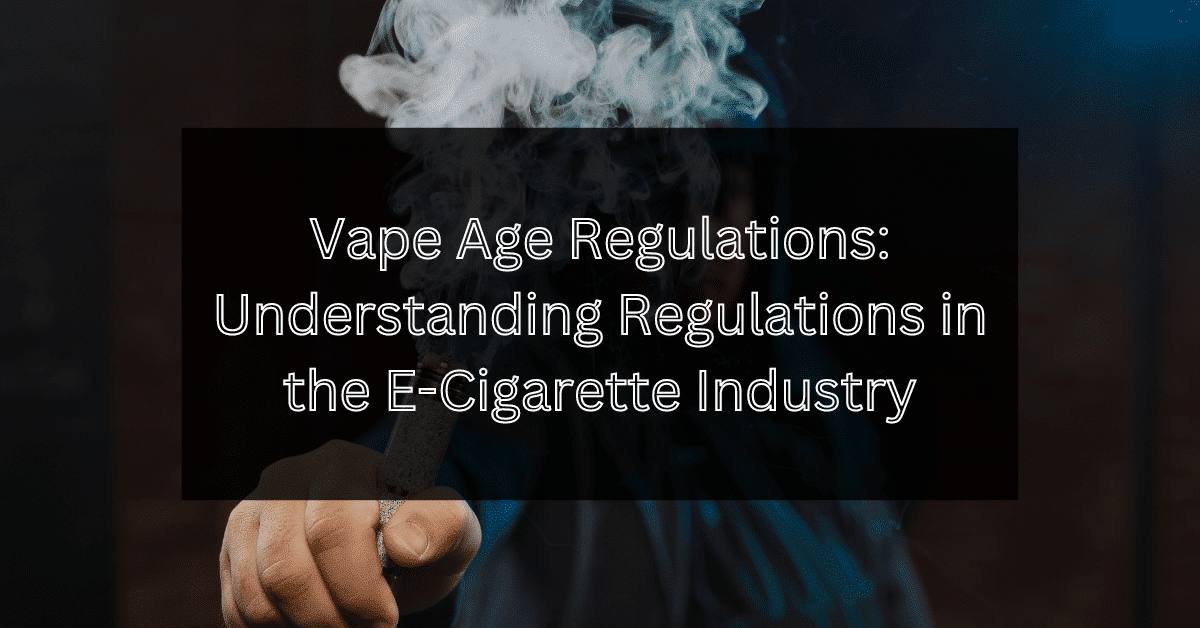Introduction: The E-Cigarette Phenomenon
With the rise of the e-cigarette industry, public health concerns have emerged, leading to the creation and implementation of various regulatory measures. A pivotal focus of these measures is the age restriction, which aims to protect young individuals from potential health risks. This article delves into the intricacies of the vape age regulations, shedding light on global perspectives and their implications.
The Emergence of Vape Age Restrictions
The e-cigarette industry, often marketed as a less harmful alternative to traditional tobacco smoking, saw exponential growth in a relatively short period. However, as its popularity surged, especially among the youth, health officials and governments worldwide felt a pressing need to impose age-related restrictions.
Why the Concern?
Many believed that vaping acted as a gateway to traditional cigarette smoking, with numerous studies highlighting potential health risks associated with vape products. The appeal of flavored e-liquids and the perception of e-cigarettes as ‘safer’ further intensified the need for age-bound regulations.
Global Perspectives on Vape Age Restrictions
Different countries have varied approaches to regulating the e-cigarette industry, especially regarding age restrictions. Here’s a brief overview:
- United States: The U.S., through the Food and Drug Administration (FDA), raised the legal age for purchasing e-cigarettes to 21 in December 2019. This move was driven by alarming rates of teen vaping.
- United Kingdom: The UK imposed a vape age restriction in 2015, prohibiting the sale of e-cigarettes and e-liquids to anyone under 18. The UK also enforces advertising and packaging regulations to deter youth appeal.
- Australia: Australia’s stance on vaping is more stringent. While federal law prohibits the sale of e-cigarettes containing nicotine, state laws further enforce age restrictions, typically at 18.
The U.S. Landscape: Youth Vaping and Regulatory Responses
The Surge of Youth Vaping:
In the United States, the escalation in vaping, particularly among teens, quickly captured national attention. Reports from the Centers for Disease Control and Prevention (CDC) indicated a sharp rise in youth e-cigarette usage, labeling it an ‘epidemic’.
Federal and State Interventions:
This prompted federal agencies and state governments to re-evaluate their stance on vaping regulations. The landmark decision by the FDA to raise the minimum age for purchasing e-cigarettes to 21 came after intense lobbying and mounting evidence of health risks posed by vaping, especially in developing adolescent brains. This ‘Tobacco 21’ law not only covers e-cigarettes but all tobacco products.
Localized Efforts:
Additionally, individual states, such as California and New York, have taken further measures, like banning flavored e-cigarettes, which are seen as particularly appealing to younger users. These states have been proactive with localized restrictions and public awareness campaigns aimed at curbing youth vaping.
The Ripple Effect: U.S. Vape Industry’s Adaptations and Challenges
Adapting to New Norms:
The U.S. vaping industry, valued at billions of dollars, had to undergo significant changes in response to the shifting regulatory landscape. Many companies started investing in advanced age-verification systems, both in-store and online, to comply with the heightened age restrictions. Some even voluntarily stopped selling flavors deemed popular among teens before regulations made it a mandate.
Concerns from Small Business Owners:
Smaller vape shops, which form a considerable chunk of the market, expressed concerns about the financial strain of implementing these verification systems and the potential loss of business.
The Black Market Conundrum:
Furthermore, black-market sales have been a rising concern, with non-regulated vape products posing even greater health risks. This situation underscores the importance of balanced regulation – one that protects the youth but doesn’t inadvertently push them towards riskier alternatives.
Implications and Industry Responses
The imposition of vape age regulations has significant ramifications for manufacturers, retailers, and consumers.
For Manufacturers and Retailers:
E-cigarette manufacturers and sellers have had to adapt swiftly, ensuring compliance with local and international age regulations. Non-compliance often results in hefty fines and, in some cases, a complete ban on sales. Many responsible brands now incorporate age verification mechanisms on their websites and in physical stores to deter underage sales.
For Consumers:
For adult smokers looking at e-cigarettes as a cessation tool, age restrictions pose no issue. However, for the youth, especially those already habituated, the restrictions mean either finding illicit ways to procure vape products or potentially turning to traditional cigarettes.
The Road Ahead: Striking a Balance
As research on the long-term effects of vaping continues, regulations are bound to evolve. However, the primary objective remains consistent: safeguarding public health, especially the youth. The key lies in striking a balance, ensuring that adults can access potentially less harmful alternatives to smoking while protecting young individuals from potential risks.
Collaboration between e-cigarette manufacturers, health organizations, and governments is crucial for effective regulation. Open dialogue can lead to more informed regulations, benefiting all stakeholders.
Collaboration between e-cigarette manufacturers, health organizations, and governments is crucial for effective regulation. Open dialogue can lead to more informed regulations, benefiting all stakeholders.
Consumer Awareness:
Educating consumers, especially the youth, about vaping’s potential risks plays a critical role in reinforcing the importance of age restrictions. Campaigns, workshops, and educational programs can act as powerful tools in this endeavor.
Conclusion: The Ever-Evolving Landscape of Vape Regulations
Vape age regulations, while crucial, are just a facet of the comprehensive regulatory measures surrounding the e-cigarette industry. As the landscape evolves, staying informed, adaptable, and proactive is essential for industry players and consumers. The ultimate goal? A world where the potential benefits of vaping are realized, and the risks minimized.






